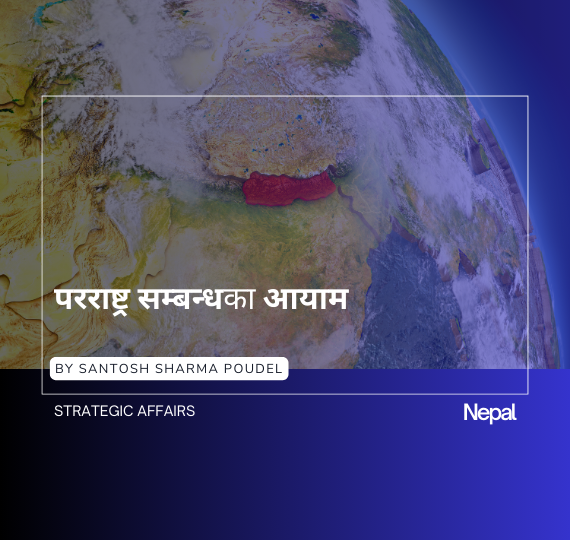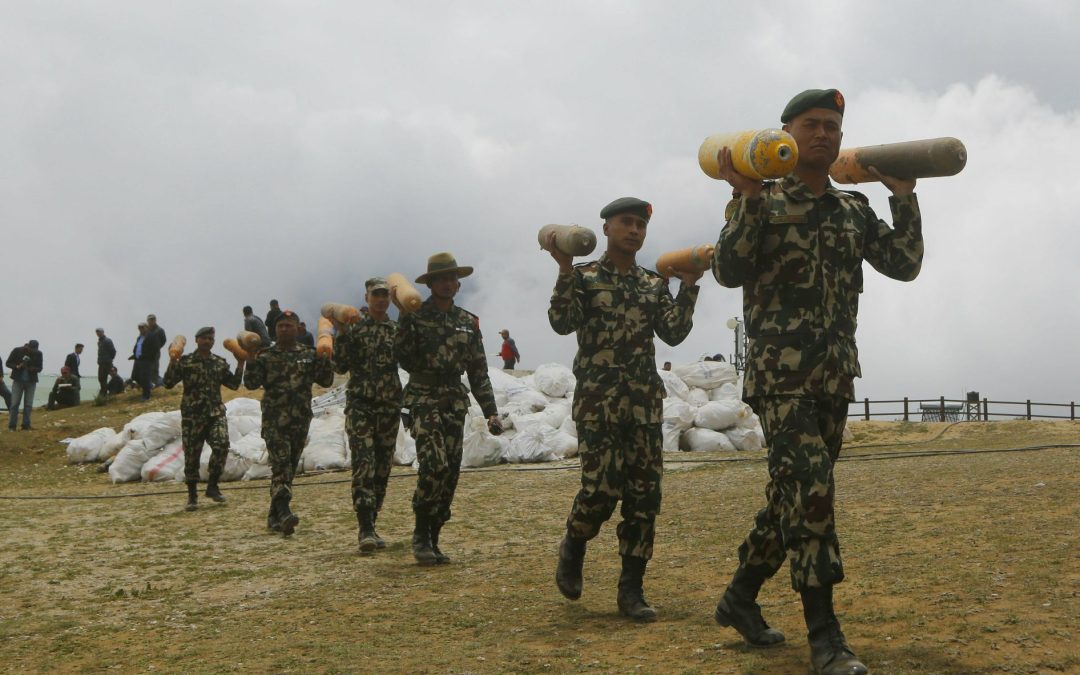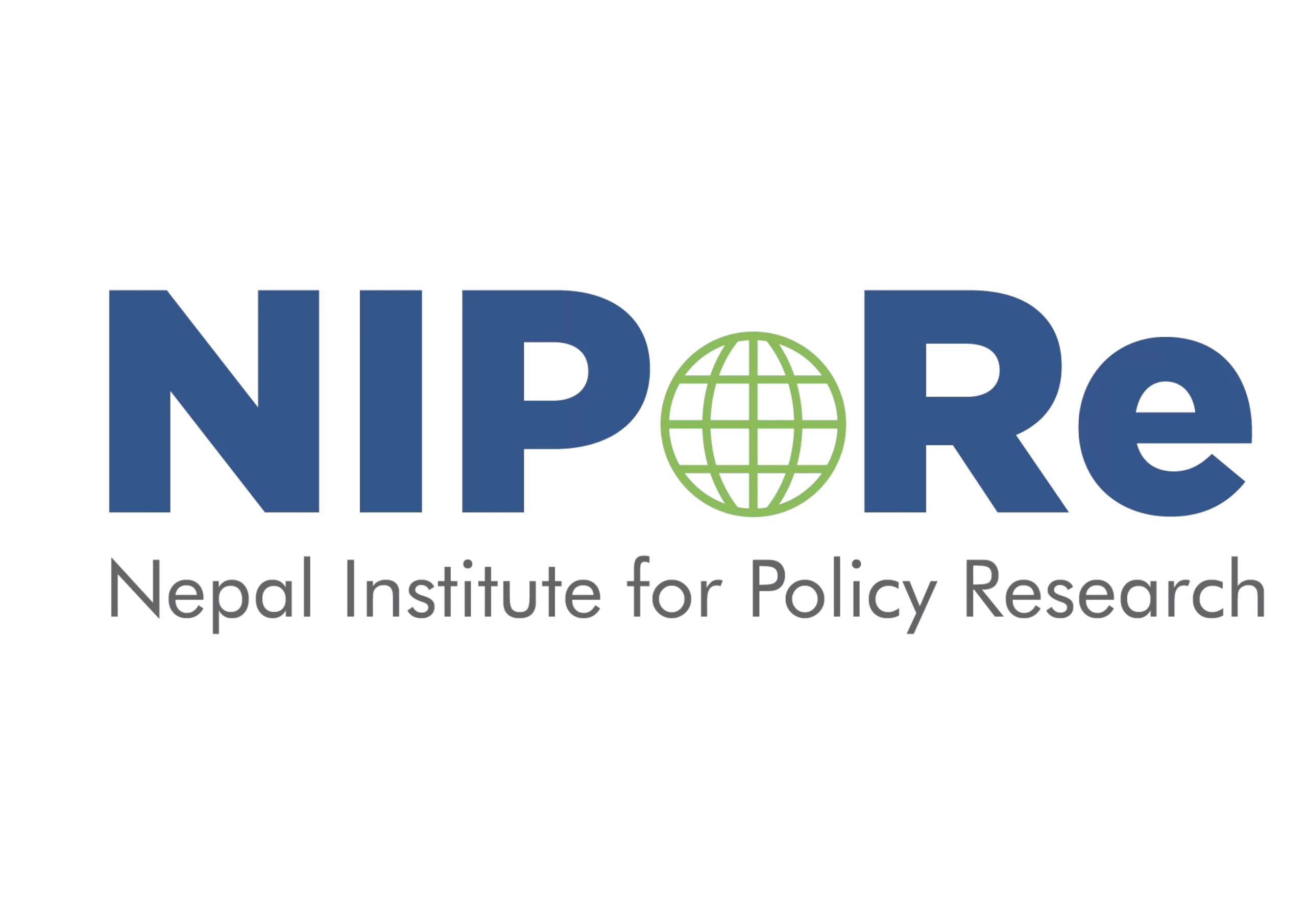
by NIPoRe | May 29, 2024 | Center for Strategic Affairs, OP-EDs and Columns
– SANTOSH SHARMA POUDEL The column originally appeared in The Diplomat on 21 May 2024. Please read the original article here. On May 2, Nepal’s cabinet decided that the country’s new 100-rupee note would feature the updated map of Nepal. Nepal’s map was updated in...

by NIPoRe | Apr 5, 2024 | Center for Strategic Affairs, OP-EDs and Columns
– SANTOSH SHARMA POUDEL This opinion piece was originally published in The Kantipur Daily on March 26, 2024. The original article can be read here. कुनै पनि देशको अन्तर्राष्ट्रिय सम्बन्धका बहुआयामिक पक्ष हुन्छन् । परराष्ट्र नीतिका केही पक्ष स्थायी हुन्छन् भने...

by NIPoRe | Mar 26, 2024 | OP-EDs and Columns
– SANTOSH SHARMA POUDEL The column originally appeared in The Diplomat on 31 July 2023. Please read the original article here. Nepal’s new coalition government, led by Communist Party of Nepal-Maoist Center (CPN-MC) supremo Pushpa Kamal Dahal, won the vote of...

by NIPoRe | Mar 18, 2024 | Center for New Economy and Inequality, OP-EDs and Columns
By Nischal Dhungel* and Umesh Rijal The opinion piece originally appeared in The Kathmandu Post. Read the original piece here. The fintech sector is one of the fastest-growing industries in the world, offering numerous opportunities and challenges for developing...

by NIPoRe | Aug 16, 2023 | OP-EDs and Columns
– NISCHAL DHUNGEL The opinion piece originally appeared in The Kathmandu Post on 11 August 2023. Please read the original article here. The digital age represents a transformative era characterised by the extensive use of digital technology in various aspects of human...

by NIPoRe | Aug 2, 2023 | OP-EDs and Columns
– SANTOSH SHARMA POUDEL The column originally appeared in The Diplomat on 31 July 2023. Please read the original article here. Nepal is engaged in a fierce debate about rightsizing its army. Statements by two members of parliament ignited the debate. On June 20,...






